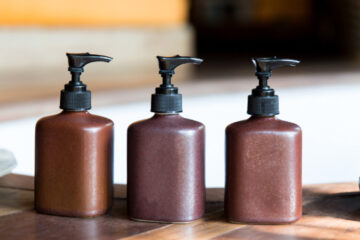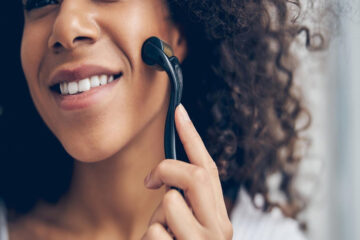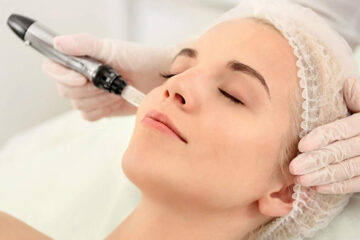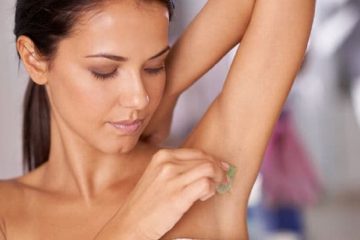Why Do You Get Back Acne? Common Causes and How to Tackle Them
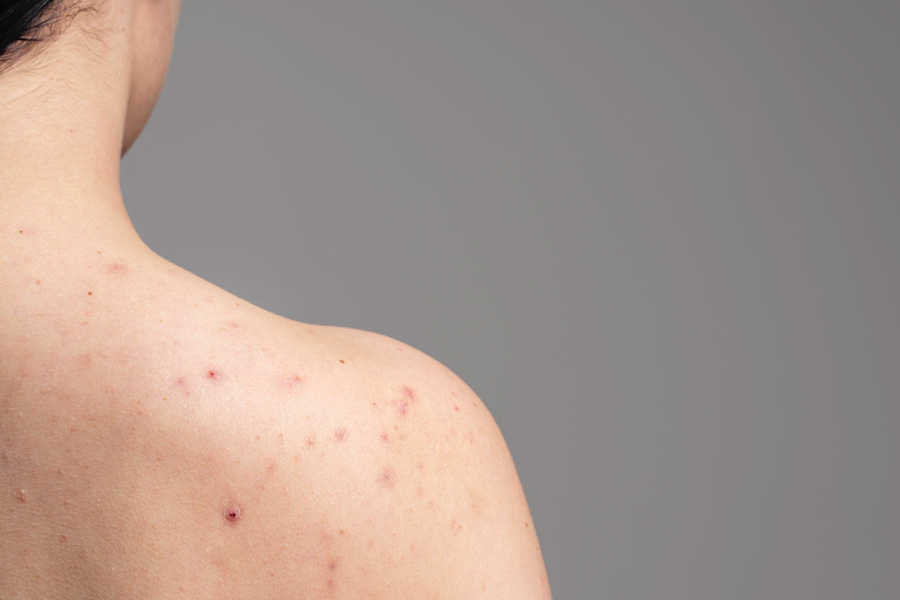
Back acne, often referred to as bacne, is a common skin issue that affects many people, particularly during their teenage years and adulthood. Just like facial acne, back acne can be caused by a variety of factors, from hormonal changes to lifestyle habits. Understanding the causes of back acne can help you take the necessary steps to prevent or treat it effectively, allowing you to regain clear skin and feel confident in your body.
What Causes Back Acne?
The skin on your back is prone to developing acne for several reasons. Here are the most common causes of back acne:
Hormonal Changes: Just like facial acne, back acne is often linked to hormonal fluctuations. These changes occur during puberty, menstruation, pregnancy, and even stress. During these periods, the body produces more androgens (male hormones), which increase the size of sebaceous glands and cause the skin to produce more oil. This excess oil can clog pores, leading to breakouts.
1. Excessive Sweating:
Sweating is a natural process to regulate body temperature, but it can also contribute to back acne. Sweating allows dirt, bacteria, and dead skin cells to mix with the sweat, clogging the pores and causing pimples and cysts. Tight clothing that traps sweat, especially during exercise, can aggravate the problem.
2. Poor Hygiene:
Not showering after sweating or wearing sweaty clothes for too long can cause bacne. Dirt, oil, and sweat build up on your skin, making it easy for acne-causing bacteria to multiply.
3. Oily Hair Products:
Using heavy or greasy hair products such as shampoos, conditioners, or styling gels can also contribute to back acne. When these products come into contact with your back, they can clog pores, leading to pimples, particularly along the hairline or on the upper back.
4. Diet and Lifestyle:
What you eat can affect your skin. Diets high in sugars, dairy, and processed foods may contribute to breakouts, although this connection varies from person to person. Similarly, stress can increase the body’s production of cortisol, a hormone that stimulates oil production and can trigger acne.
5. Genetics:
If your family members have experienced acne, you may be more prone to it as well. Genetics can play a significant role in determining how your skin reacts to hormonal changes, oil production, and other acne triggers.
6. Medications:
Certain medications, especially those containing steroids or lithium, can increase your risk of developing acne. These medications can alter your hormone levels, which in turn can lead to the development of back acne.
How to Tackle Back Acne
Fortunately, there are several ways to treat and prevent back acne, ranging from lifestyle changes to topical treatments.Incorporating homeopathy cream for acne into your routine can be a gentle, effective alternative for those looking to manage breakouts naturally.
Here are some steps you can take to keep your back clear:
1. Shower After Exercise:
Make it a habit to shower immediately after a workout or intense physical activity. This helps remove sweat, bacteria, and oil from your skin before they have a chance to clog your pores.
2. Use Gentle Exfoliants:
Exfoliating your back with a mild scrub or chemical exfoliant containing salicylic acid can help remove dead skin cells and keep pores clear. However, avoid abrasive scrubs that can irritate the skin and cause more breakouts.
3. Wear Loose, Breathable Clothing:
Tight-fitting clothing, especially made of synthetic fabrics, can trap sweat and oil against your skin. Opt for loose, breathable fabrics like cotton that allow your skin to breathe and sweat to evaporate.
4. Choose Non-Comedogenic Products:
When choosing skincare or haircare products, look for those labeled “non-comedogenic,” meaning they are formulated not to clog pores. This applies to body lotions, sunscreens, and even shampoos.
5. Maintain a Healthy Diet:
Consider limiting your intake of sugary, fatty, and dairy-heavy foods. A diet rich in fruits, vegetables, and whole grains can support healthier skin and reduce the likelihood of breakouts.
6. Consider Topical Treatments:
Over-the-counter treatments containing ingredients like benzoyl peroxide, salicylic acid, or retinoids can help clear up back acne. Apply these treatments directly to the affected areas and allow time for them to work. If your acne is more severe, consult a dermatologist for stronger medications.
7. Use a Tea Tree Oil Solution:
Tea tree oil is known for its natural antibacterial properties. Applying diluted tea tree oil to your back can help prevent bacteria from causing acne. Just ensure you dilute it with a carrier oil, as it can be strong on its own.
8. Wear Clean Clothes and Bedding:
Change out of sweaty clothes right after exercising and wash them frequently to prevent bacteria buildup. Also, wash your bedding and pillowcases regularly to remove oils, dirt, and bacteria that can contribute to acne.
9. Manage Stress:
Since stress can trigger acne, try incorporating stress-relieving practices into your daily routine, such as meditation, yoga, or mindfulness.
When to Seek Professional Help
If your back acne persists despite at-home treatments or is particularly severe (for example, cystic acne), it might be time to consult with a dermatologist. Professional treatments, such as oral antibiotics, oral contraceptives, or light therapy, can be helpful for more persistent cases of back acne.
Conclusion
Back acne is a common condition, but it’s certainly treatable. By understanding the causes of bacne and taking proactive steps to address them, you can reduce the likelihood of breakouts and enjoy clear, healthy skin. Consistency is key in managing back acne, so adopting a skincare routine and making a few lifestyle changes can help keep your back free from blemishes. If necessary, consult with a dermatologist to explore stronger treatments that can help you get clear skin once and for all.
Leave a reply
You must be logged in to post a comment.


